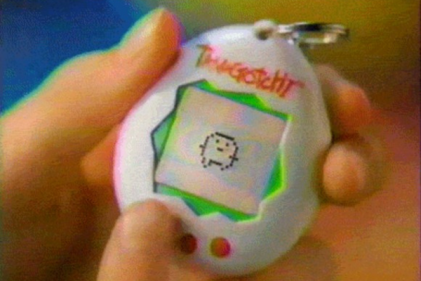Night terrors occur when your child suddenly becomes very agitated while in a state of deep sleep. A night terror can last anywhere from a few minutes up to 40 minutes. A child who is having a night terror may stand up, sit up, shake, move around cry or scream loudly. They might look like they are in a state of extreme panic. A child having a night terror will be inconsolable and won’t respond to soothing or comforting.While a night terror is happening, your child’s eyes might be open. Children having night terrors might move and thrash around but they are actually in a state of deep sleep.
- Night terrors can run in families, so there might be a genetic component to whether children will experience them.
- Night terrors are natural events associated with the normal development of sleep in children.
- Night terrors seem scary to you, but they don’t harm your child. Children don’t remember them in the morning, and aren’t aware of having had a bad dream or a fright.
What to do:
Avoid waking your child during a night terror. A child having a night terror will only be confused and disorientated if woken, and might take longer to settle.
Wait for your child to stop thrashing around. Guide your child back to bed (if she got out) and tuck her in. Children will usually settle back to sleep quickly at this stage. If you think your child might get hurt, stay close to guide her away from hitting or bumping the sides of the cot, bed or other obstacles.You don’t need to be concerned about night terrors. They don’t mean there’s anything wrong with your child.
The difference between night terrors and nightmares:
Night terrors are different from nightmares. Night terrors happen during the first few hours of sleep, when your child is sleeping very deeply. Nightmares tend to happen in the second half of the night, during phases of Rapid Eye Movement (REM) sleep.Night terrors are less common than nightmares.
Read more: NIghtmares and night-terrors: 5-8 year olds






